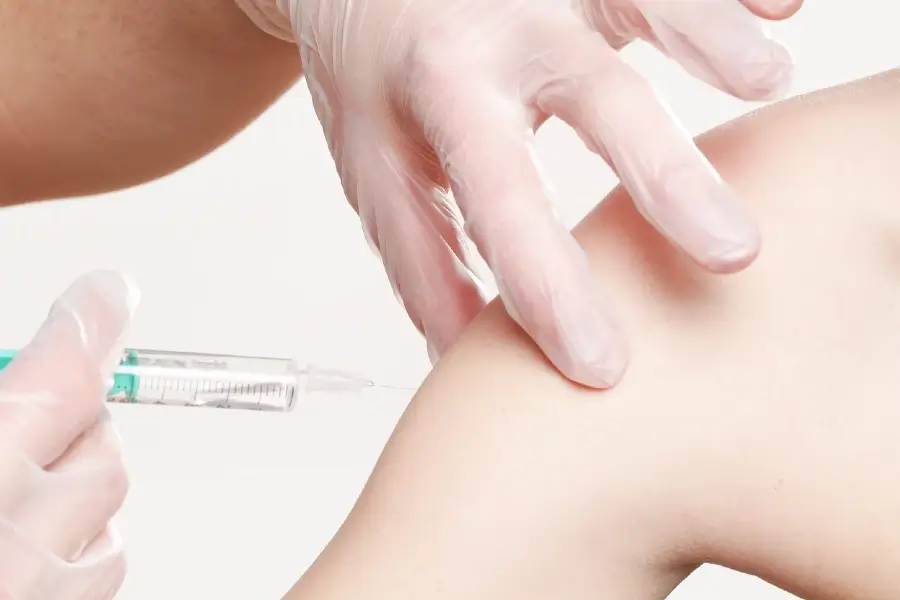What are Koplik’s Spots?
Koplik’s spots, also known as Koplik’s sign, are tiny white lesions with a bluish-white core that form on the inner lining of the cheeks (buccal mucosa) during the measles’ prodromal phase (early stages). They are considered a diagnostic indication of measles, but not everyone gets them.
Appearance:
- Koplik’s dots are small, typically measuring 1-2 millimeters in diameter.
- They appear in the buccal mucosa, opposite the upper first and second molars.
Color and texture: These specks have a white or grayish-white backdrop with a prominent bluish-white center. They have a gritty sensation when rubbed with a cotton swab.
Significance:
Early Sign: Koplik’s dots usually occur 1-2 days before the measles rash appears, making them an important early diagnostic indicator of measles.
Not universal: While Koplik’s patches are a hallmark of measles, they do not show in all cases. Some people with measles may not develop them.
It is critical to distinguish Koplik’s spots from other mouth ulcers.
Comparison with Other Mouth Ulcers:
It is critical to distinguish Koplik’s spots from other mouth ulcers, such as canker sores, which are usually larger, more painful, and found in various mouthparts.
Measles diagnosis:
Combined Approach: Doctors diagnose measles based on several factors, including symptoms (fever, cough, runny nose), Koplik’s spots, and the measles rash.
Confirmation Tests: Blood tests or viral cultures may be used to confirm a measles diagnosis.
Prevention is key.
Measles is an extremely contagious disease. Vaccination is the most efficient method of preventing measles infection. The MMR vaccine is both safe and efficient. Measles is a highly contagious viral disease that can cause significant complications, including pneumonia, encephalitis (brain swelling), and even death.
The MMR vaccine stimulates the immune system to develop antibodies capable of recognizing and combating the measles virus, providing long-term protection against the disease.
The MMR vaccine’s safety and efficacy have been thoroughly investigated and proved through multiple scientific studies and clinical trials. The vaccine has been in use for decades and has a proven track record of safety, with just a few rare and moderate adverse effects, such as fever or rash.
Vaccination is essential not only for individual protection but also for maintaining herd immunity.
In contrast, the dangers of catching measles, such as the possibility of severe complications and even death, considerably outweigh those of the vaccine.
Vaccination is essential not only for individual protection but also for maintaining herd immunity in the community. When a substantial proportion of the population is vaccinated, the measles virus is more difficult to transmit, successfully protecting people who cannot be vaccinated, such as infants, immunocompromised individuals, and those with medical contraindications.
Individuals who choose to vaccinate protect themselves and contribute to their community’s well-being and public health.
In conclusion, the MMR vaccine is a safe, effective, and necessary tool in the fight against measles.
Vaccination is a responsible and proactive measure that individuals may take to protect themselves and their loved ones while contributing to the larger public health campaign to eradicate this terrible and preventable disease.
Here are a few resources for more information:
CDC: https://www.cdc.gov/measles/about/index.html
Mayo Clinic: https://www.mayoclinic.org/diseases-conditions/measles/symptoms-causes/syc-20374857













